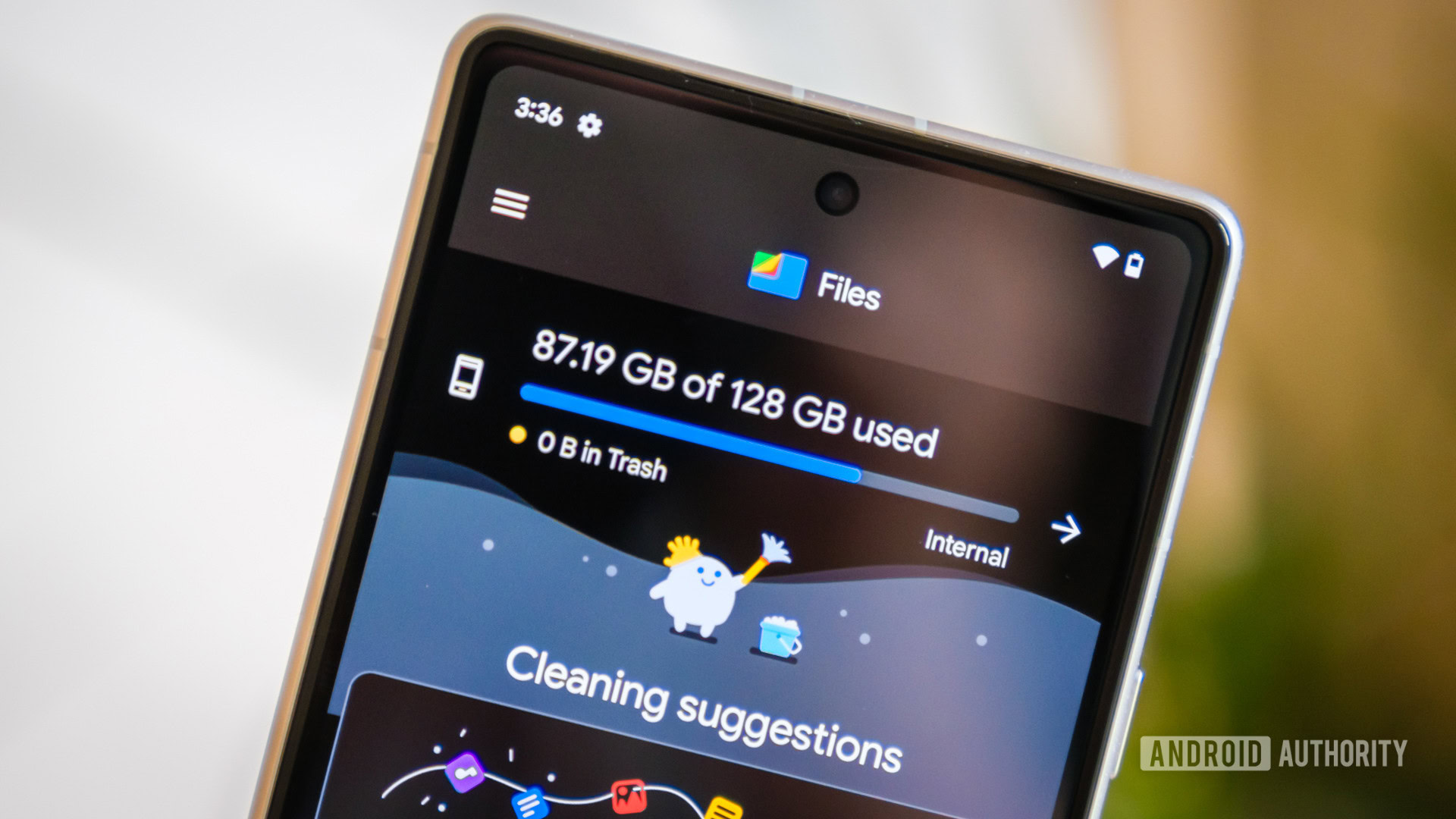Affiliate links on Android Authority may earn us a commission. Learn more.
128GB is not enough storage for the Google Pixel 8 Pro

According to the latest reports, the upcoming Google Pixel 8 series is set to arrive in up to three storage variants; 128GB, 256GB, and 512GB reserved for the Pro model. That’s the same configurations as last year, so we imagine there’ll be a similarly hefty $100 premium to move up each storage band. Suddenly the Pixel doesn’t seem so affordable, and it’s hard not to feel that Google is shortchanging customers by sticking to such a low-base storage model, especially for the Pixel 8 Pro model.
The problem: Google pitches its flagship as a photography powerhouse, and we fully expect the Pixel 8 series to be one of the best camera phones. Yet, subtract the roughly 15-20GB of storage occupied by the OS and pre-installed apps, throw in another 20GB for your own apps, and the base model leaves you with perhaps 80GB or so for photos and video. That’ll be far less if you’re hosting a serious media or game collection on your phone too. Best case, that’s a hefty sounding 20,000 12MP pictures at 3.5MB a piece or eight and a half hours of 1080p video, providing you dedicated the phone to mostly just content capture. That might be fine for light users, but start mixing in some 4K videos, and those numbers quickly feel a lot tighter.
128GB is fine for the 7a, but 256GB should be the minimum for the Pro model.
Given that Google supports its latest Pixels for five years, 128GB isn’t going to last avid photographers and videographers anywhere near the lifespan of the handset. Tedious file management will be an inevitable part of the experience down the line. The Pixel 7 hasn’t even been out for a year, yet some of the more serious snappers at Android Authority are already pushing up against the limits of 128GB, forcing us to cut back on video capture resolution and delete older snaps. Mountain View might be happy to upsell you some additional cloud storage space through Google One, but that’ll definitely work out a lot more expensive than physical storage in the long run.
Granted, smaller memory variants help keep prices down for those who don’t plan to take copious pictures, which is fine for the budget-conscious Pixel 7a and perhaps even the regular Pixel 8. But the Pixel 8 Pro is billed as a photography beast and needs storage capacity to match. Of course, you can always buy a phone with bigger storage if you think you’ll need the additional space, but that means the handset could cost closer to $1,000. It would be better if Google took a minor profit margin hit and boosted the base-level capacity. Especially as the lack of expandable storage demands that you make this decision upfront, and who knows how many pictures you’ll take in three or four years. Life changes quickly; I’ve taken far more photos in the last three years than in the previous ten.
Is 128GB storage enough for a flagship?
Looking at the competition, Samsung has concluded that 256GB is the entry point for its multimedia-focused Galaxy S23 Ultra and S23 Plus, and the company happily throws in double storage upgrades as a pre-release bonus. It’s a shame that Google doesn’t appear to be following suit for the Pixel 8 Pro. Likewise, you can grab the 256GB Galaxy S23 for an extra $60 rather than Google’s historical $100 premium for extra storage. With a Pixel 8 price hike rumored, it seems doubtful that the more extensive storage options will be priced more competitively this year, but I’ll hold out hope that the 256GB model won’t cost the earth.